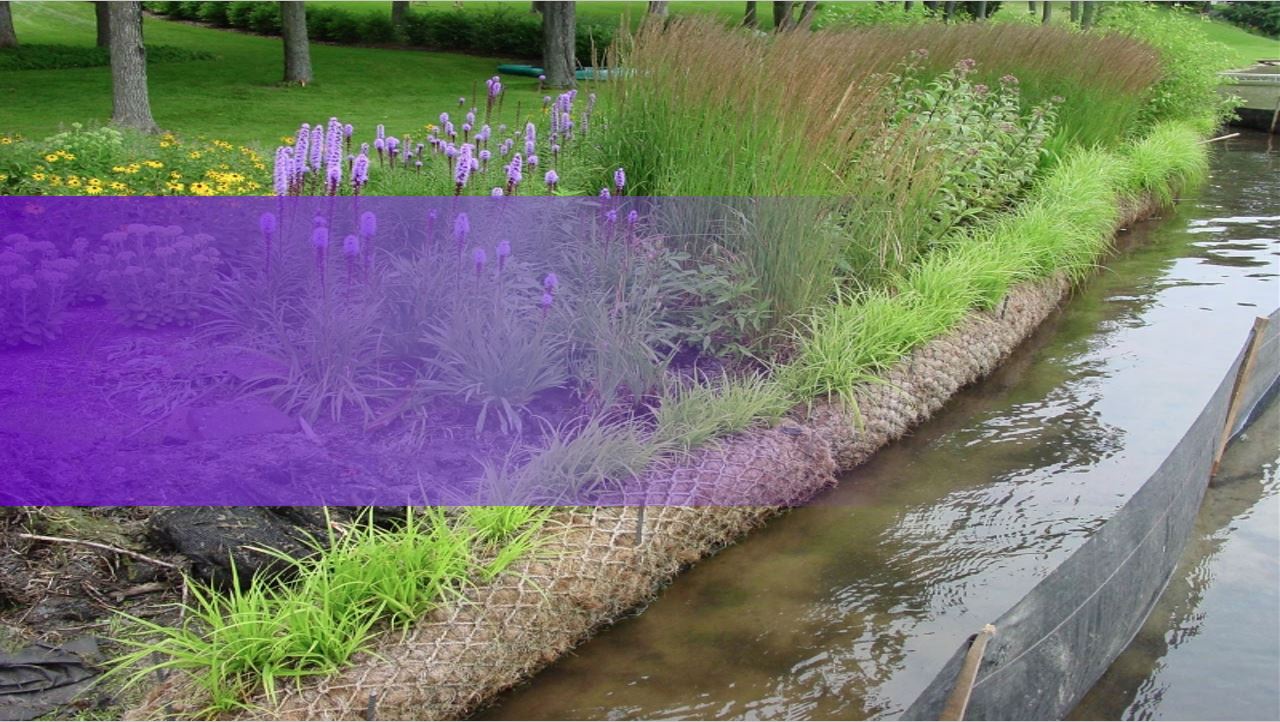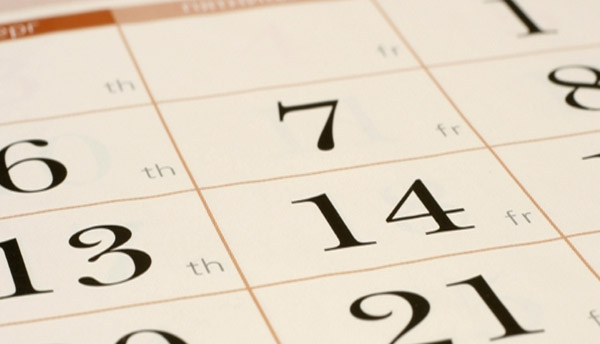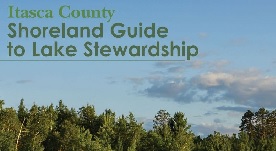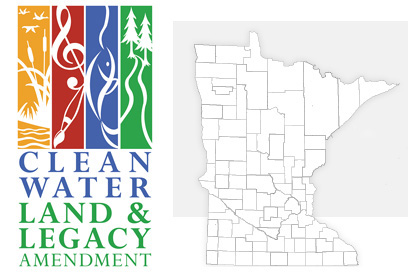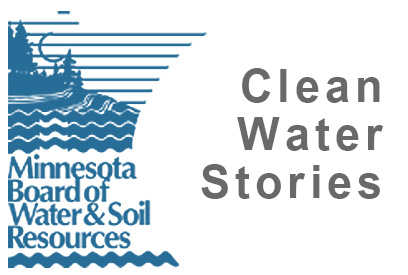Fall is around the corner.
You may be noticing shrubs on the edge of your woods with emerald berries that are now turning purple. What are they? Can the berries be eaten?
You may be observing what is commonly referred to as “common buckthorn” or “European buckthorn”. The scientific name is Rhamnus carthartica. I’ll explain what “cathartica” means later. As the name suggests, common buckthorn was brought over from Europe as a hedge.
Common buckthorn is an invasive species. Buckthorn damages your woodland by forming dense thickets, competing out most other understory vegetation including tree seedlings, and stealing nutrients from the soil. It keeps its leaves well into fall after most trees and understory plants have lost their leaves.
Do NOT eat the berries! The name “cathartica” is Latin for purgative. The berries contain a chemical called emodin that has a laxative effect. Some work suggests that this laxative effect assists with spreading buckthorn seeds by birds.
Ok – so you realize you have buckthorn. What to do? A good first start is to remove mature buckthorn and carefully remove branches with berries. Recent data show that buckthorn berries are viable in the soil for no more than 2-3 years. Branches with berries should be burned or placed in a bag for waste disposal. After cutting the trunk of a larger buckthorn herbicide can be placed on the cut. Please follow necessary regulations and instructions for use of all herbicides. A non-chemical means is to cover the top of the trunk with a can (nail it on) followed by continually cutting back any new growth. This non-chemical process may take a year or two.
Smaller buckthorn can be uprooted by hand if the soil is moist enough. While this works well for smaller buckthorn, eventually you must either dig out, cut and poison, or use a special tool for pulling. Luckily, because buckthorn holds its leaves late in the fall, it is easier to identify in your woods.
See below for more information. Let me know of questions or comments!
Best regards,
Matt Picklo
Soil Health Forester
Itasca County Soil and Water Conservation District
matthew.picklo@itascaswcd.org
218-999-0439
For more information -
https://mnfi.anr.msu.edu/invasive-species/CommonBuckthornBCP.pdf
https://www.dnr.state.mn.us/invasives/terrestrialplants/woody/buckthorn/index.html
https://twin-cities.umn.edu/news-events/u-m-researchers-uproot-decades-buckthorn-management-practices
https://mitppc.umn.edu/sites/mitppc.umn.edu/files/2024-06/Guide-to-forest-understory-revegetation-buckthorn-2024_3.pdf
https://www.youtube.com/watch?v=oy_qO9lx_Z8
https://blog-crop-news.extension.umn.edu/2020/07/controlling-buckthorn-who-what-where.html
CLEAN all visible aquatic plants, zebra mussels, and other prohibited invasive species from watercraft, trailers, and water-related equipment before leaving any water access or shoreland.



 218-326-5573
218-326-5573


